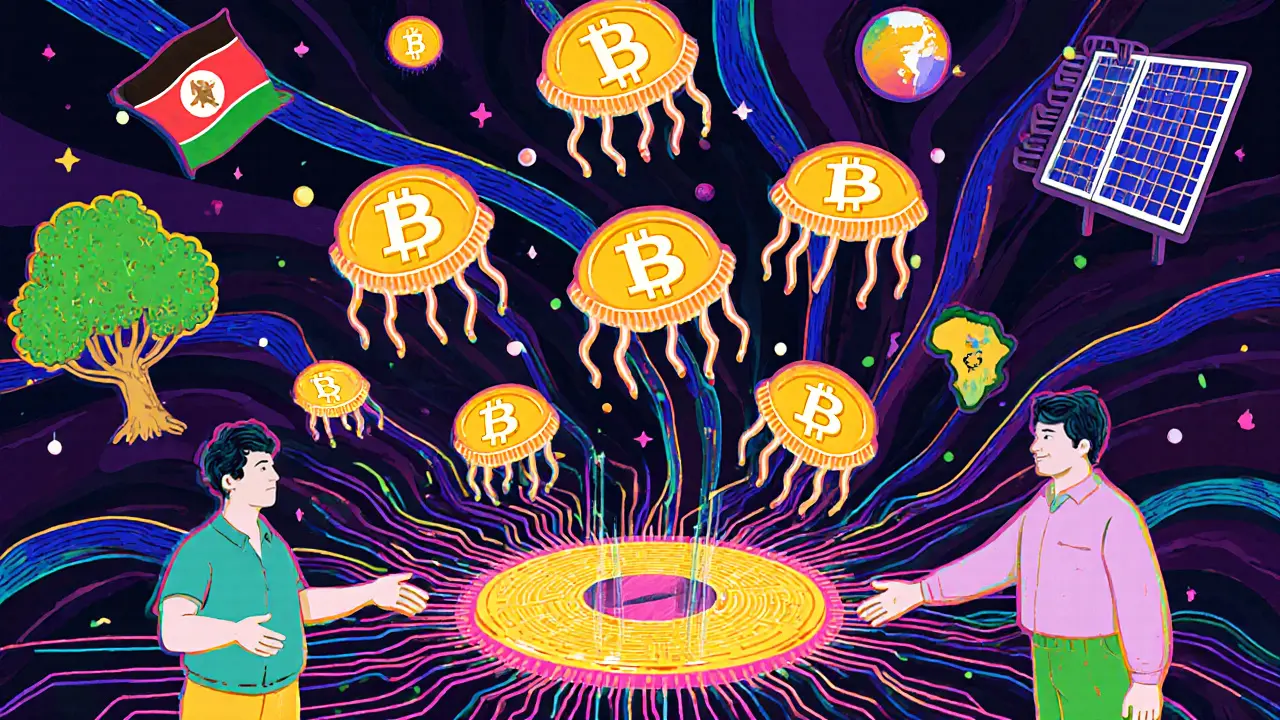Tokenized Carbon Credits: How Blockchain Is Changing Carbon Markets
When you hear tokenized carbon credits, digital representations of verified carbon emission reductions that can be bought, sold, or traded on blockchain networks. Also known as carbon offset tokens, they turn abstract environmental goals into concrete, trackable assets. This isn’t theory—it’s happening right now. Companies and governments are moving away from paper-based carbon registries because they’re slow, opaque, and prone to fraud. Blockchain fixes that by making every credit traceable from creation to retirement.
These digital credits are a subset of real-world asset tokenization, the process of converting physical assets like real estate, gold, or carbon offsets into blockchain-based tokens. Just like RWA tokenization is unlocking liquidity in Treasury bonds and private credit, it’s doing the same for carbon. A forest project in Brazil that removes 10,000 tons of CO₂ can now be split into 10,000 tokens, each representing one ton. Investors anywhere can buy a fraction of that project, track its impact in real time, and even resell it—no middlemen needed.
This shift matters because traditional carbon markets have been broken for years. Voluntary offsets often lack verification, double-counting is common, and small projects can’t afford the paperwork to get listed. Tokenization solves this by automating verification through smart contracts and linking credits directly to satellite data, IoT sensors, or verified third-party audits. It also opens the door for individuals—not just big corporations—to participate. Want to offset your flight? You can buy a single token for $0.50 instead of signing a contract with a broker.
But not all tokenized carbon projects are equal. Some are backed by legit registries like Verra or Gold Standard. Others are just marketing fluff with no real-world impact. That’s why the posts below dive into what’s real, what’s risky, and how tokenized carbon ties into bigger trends like regulatory compliance, institutional adoption, and the rise of blockchain-based environmental finance. You’ll find deep dives on how carbon credits fit into the $34.86 billion RWA market, what countries are allowing or blocking them, and which crypto projects are actually building usable infrastructure—not just hype.
How Carbon Credit Trading on Blockchain Works in 2025
Carbon credit trading on blockchain turns verified emissions offsets into digital tokens, enabling transparent, instant, and fractional trading. Learn how it works, key platforms, and why quality matters more than tech.
